The Issue of Tissue
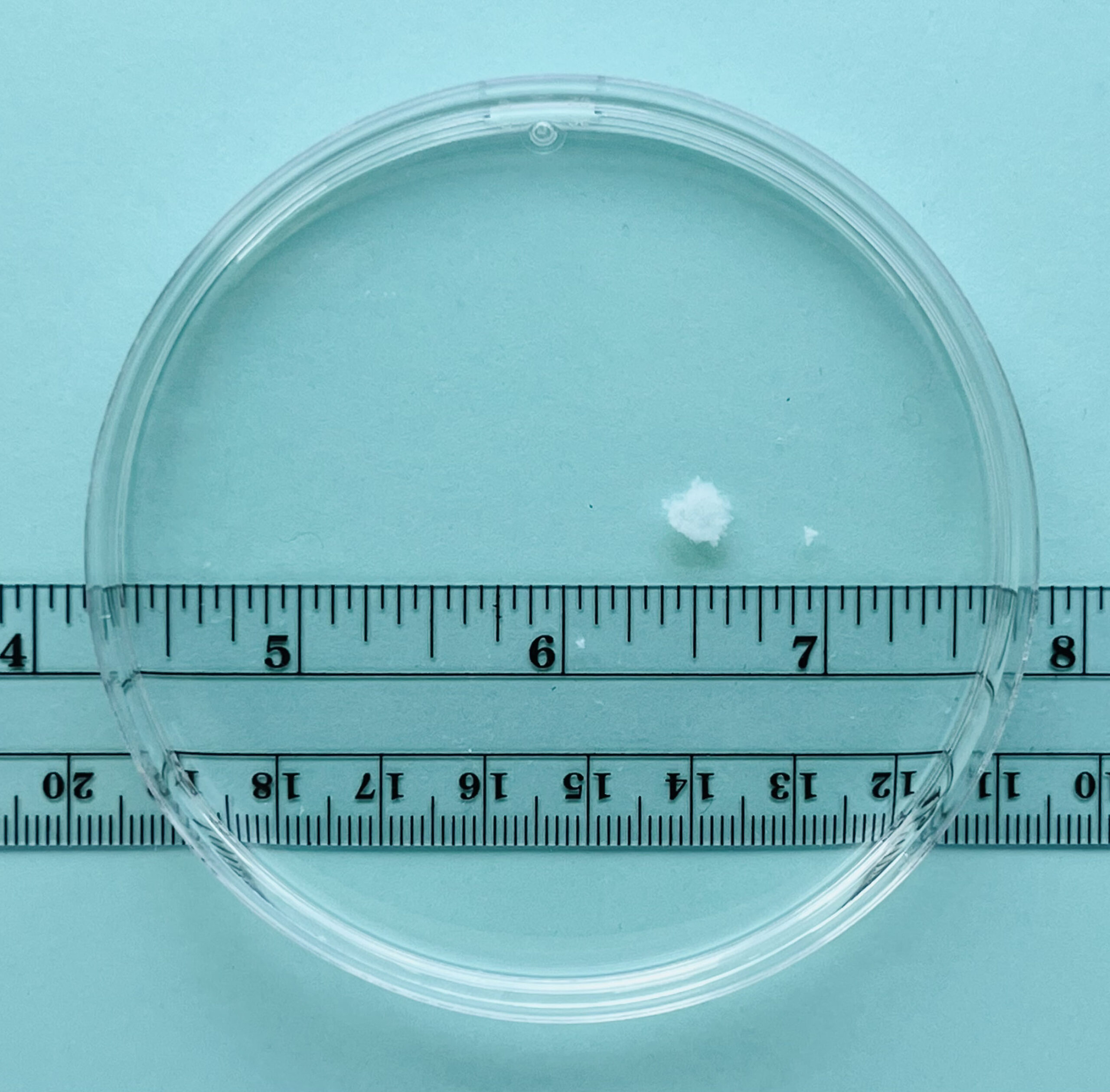
5 Weeks
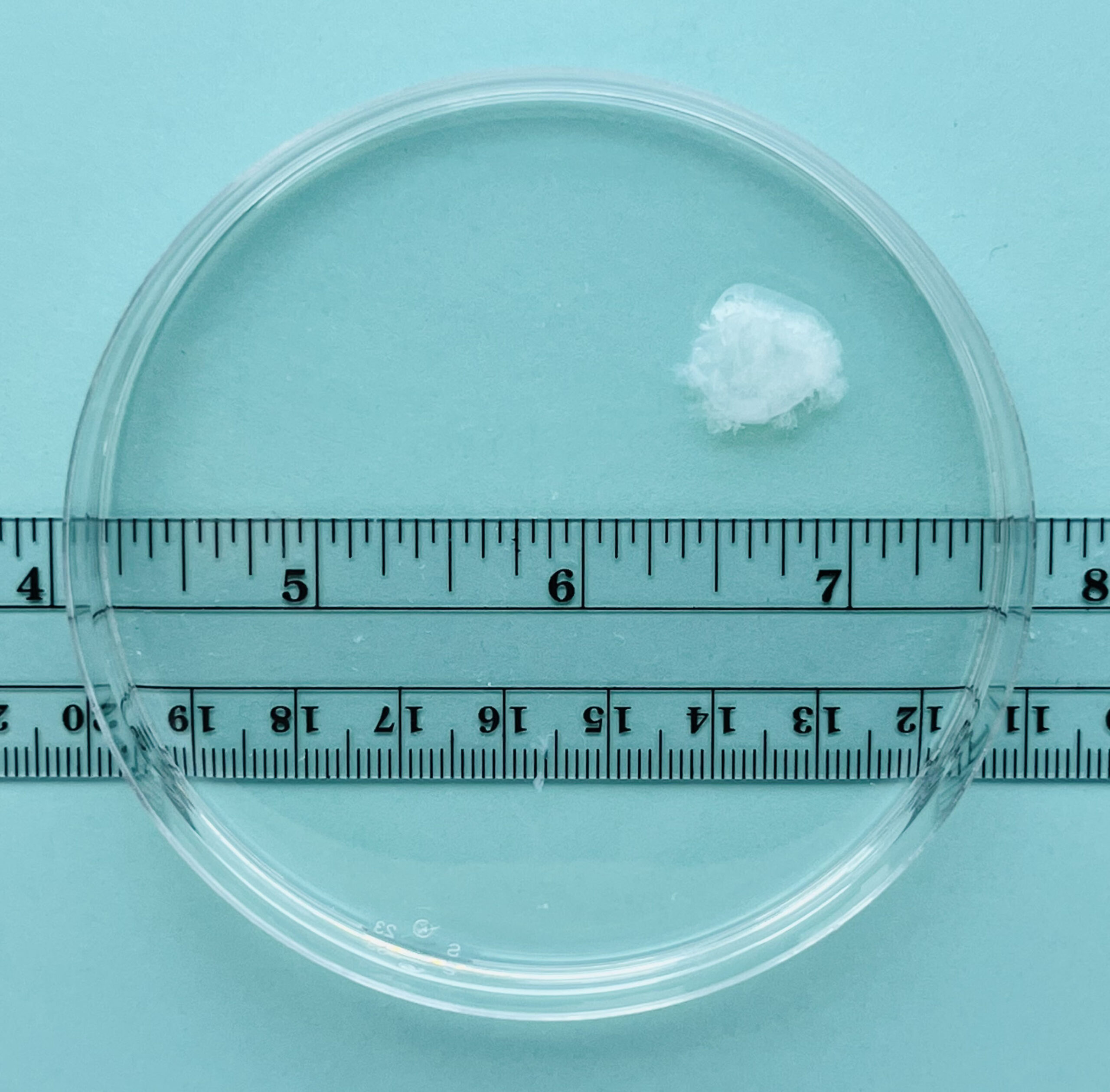
6 Weeks
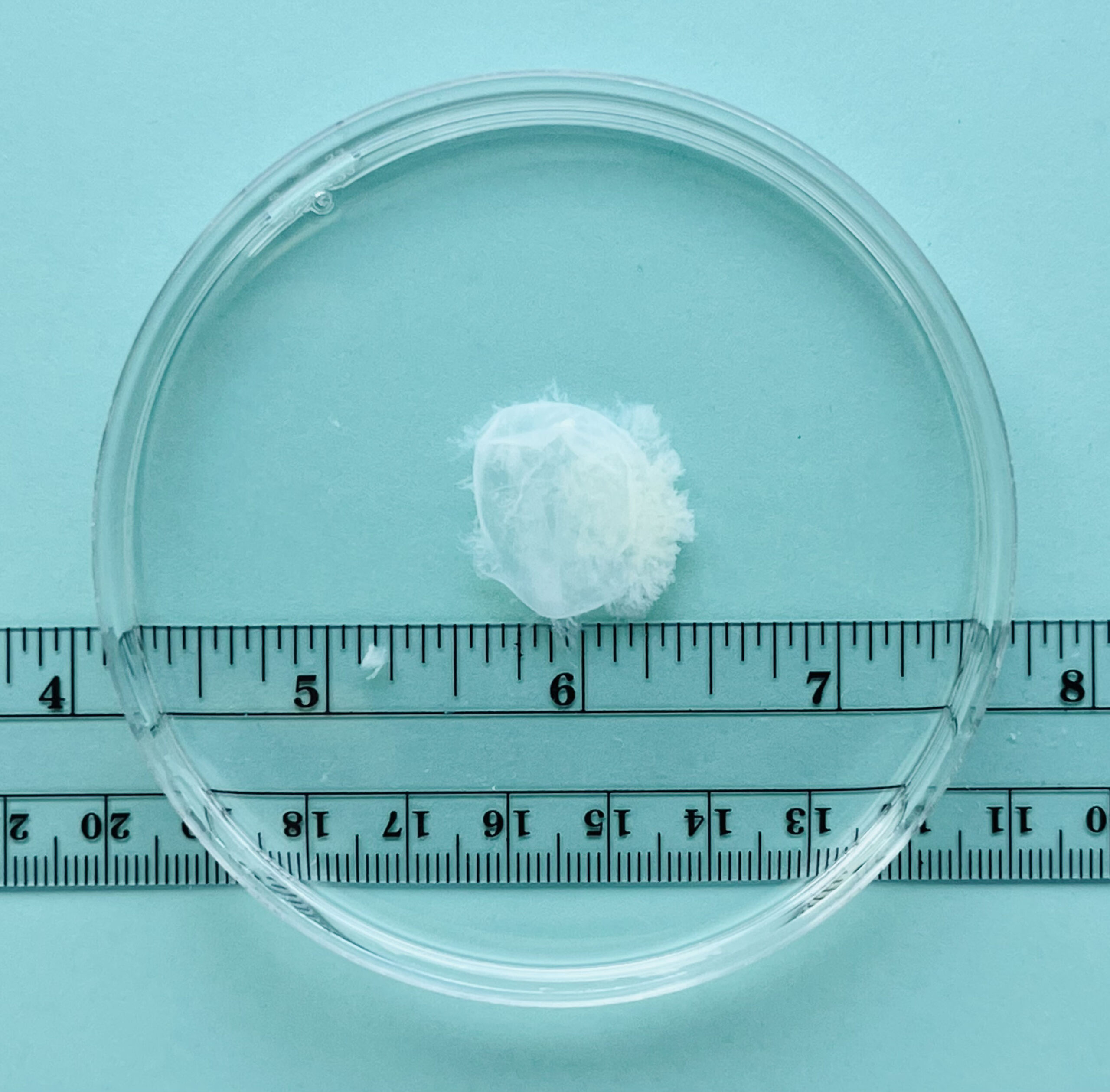
7 Weeks
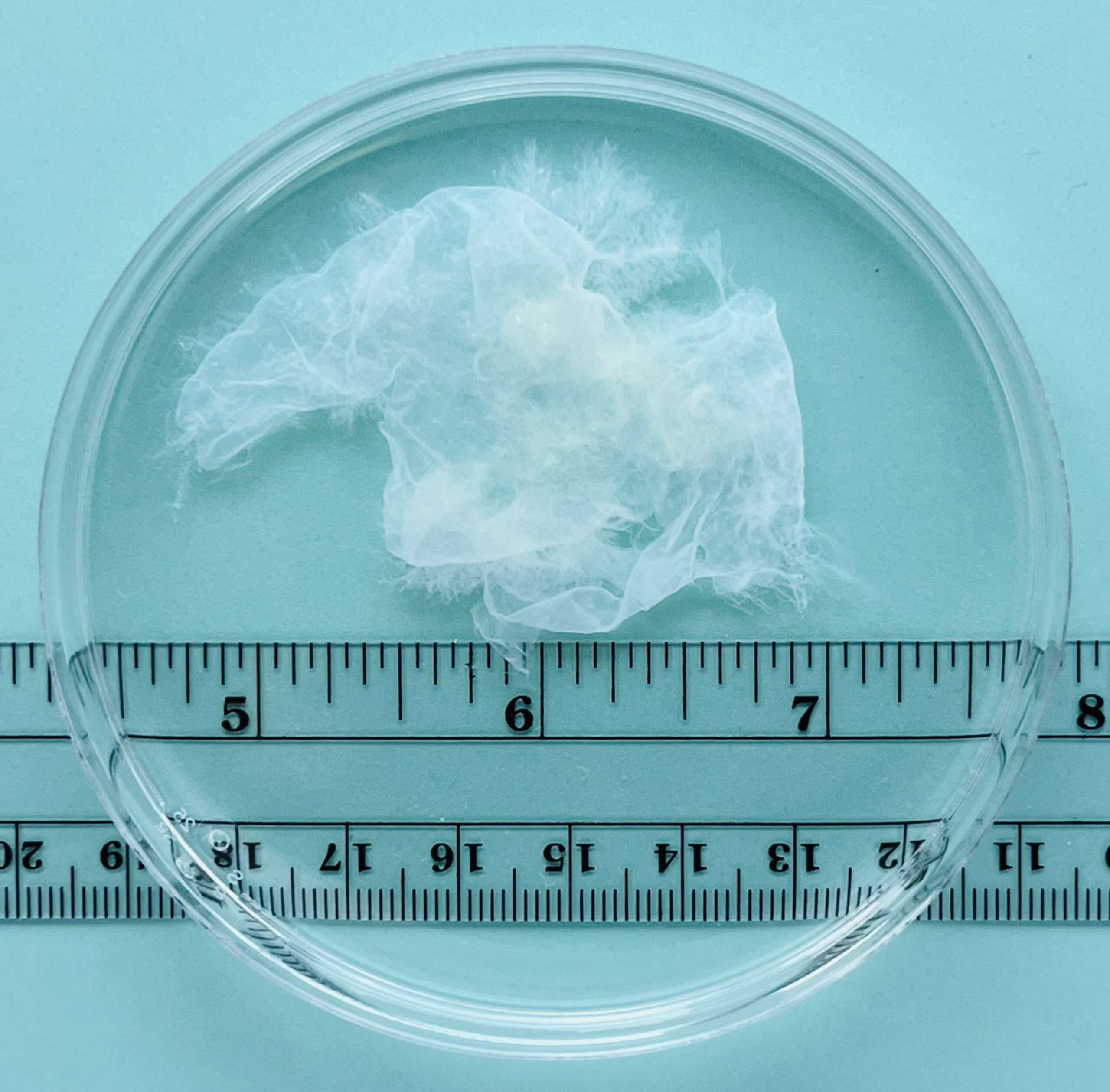
8 Weeks

9 Weeks
When a sperm and egg get together, the body creates tissue in order to support the developing pregnancy. Here are photos of that tissue from 5-9 week pregnancies. This is called the gestational sac, and it’s like the “house” for the pregnancy. Inside this sac there are cells that have the potential to become a fetus but there is no visible embryo at this stage.
We rinsed off the blood and menstrual lining (decidua) for these photographs.
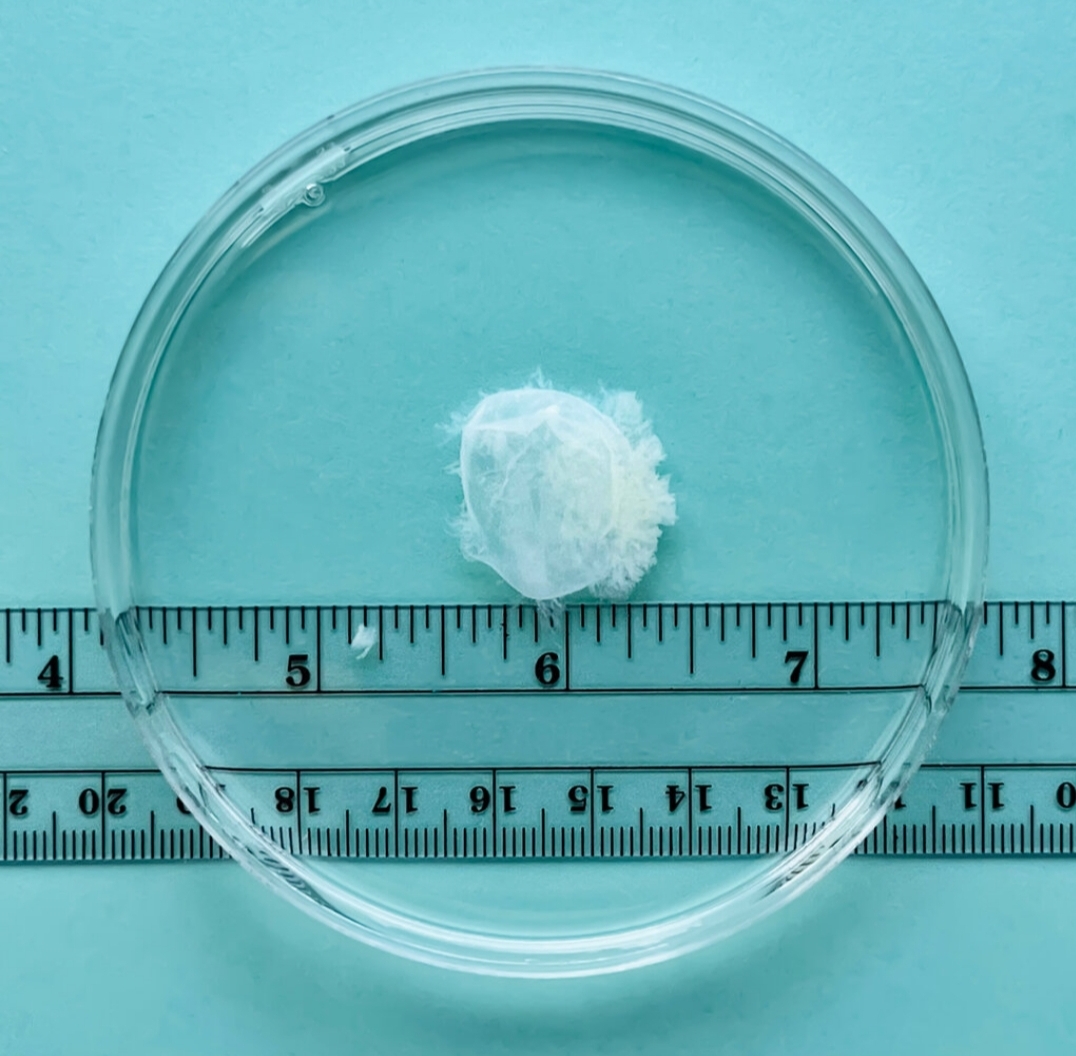
Early Abortion Looks Nothing Like What You’ve Been Told
New York Times Opinion Guest Essay
Primary care clinicians like us who provide early abortions in their practices have long known that the pregnancy tissue we remove does not look like what most people expect. After Roe v. Wade was overturned last summer in Dobbs v. Jackson Women’s Health Organization and early pregnancy termination was banned across more than a dozen states, we felt it was important to make this information public and show the images we have seen more widely.
Click here to read more.
The New York Times article featured here was based on this interview. Click to listen.
Do you know what early pregnancies actually look like? You might be surprised to learn that pregnancies nine weeks and under have no visible embryo. And at six weeks of pregnancy the so-called “heartbeat” is just electrical activity of cells, before an actual heart is formed. Approximately 85% of all abortions in the US happen before 9 weeks of pregnancy. Our goal is to counter misinformation with facts about what pregnancy tissue looks like in an early abortion or miscarriage.
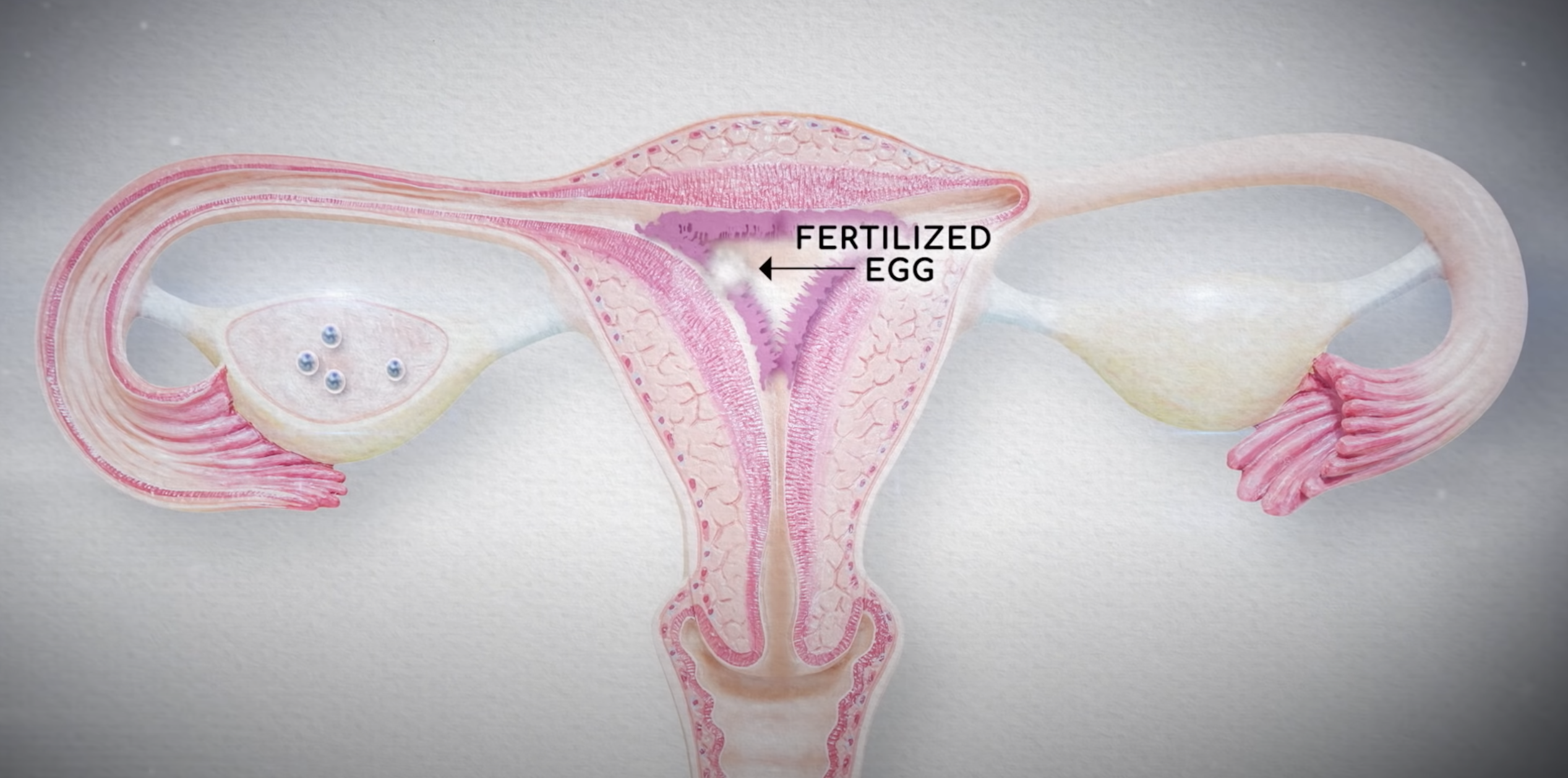
At MYA Network we are clinicians who know that access to safe abortion is essential medical care. We unconditionally support people to make informed choices about what is right for them, not only at these early pregnancy stages.
Every pregnant person faces unique personal and medical circumstances, and shame and judgment should never play a role in medical care.
We invite you to listen to the voices of real patients who chose to view their own pregnancy tissue after their abortion. They offered to share their stories so you would not feel alone.
A Sense of Ease
Sophomore & Grandma
Religious Conflict
We Were Comforted
Does this tissue have a “heartbeat”?
There is no “heart” at 6 weeks of pregnancy, but there are cells that will come together to form the heart, and those cells already “beat.” This is the motion that is seen on ultrasound and that people refer to as a “heartbeat,” but again there is not yet a formed heart.
Please download and share! Credit to MYA NETWORK is appreciated.
If you’d like to order pre-made posters and stickers, please visit our Tee Spring site here.
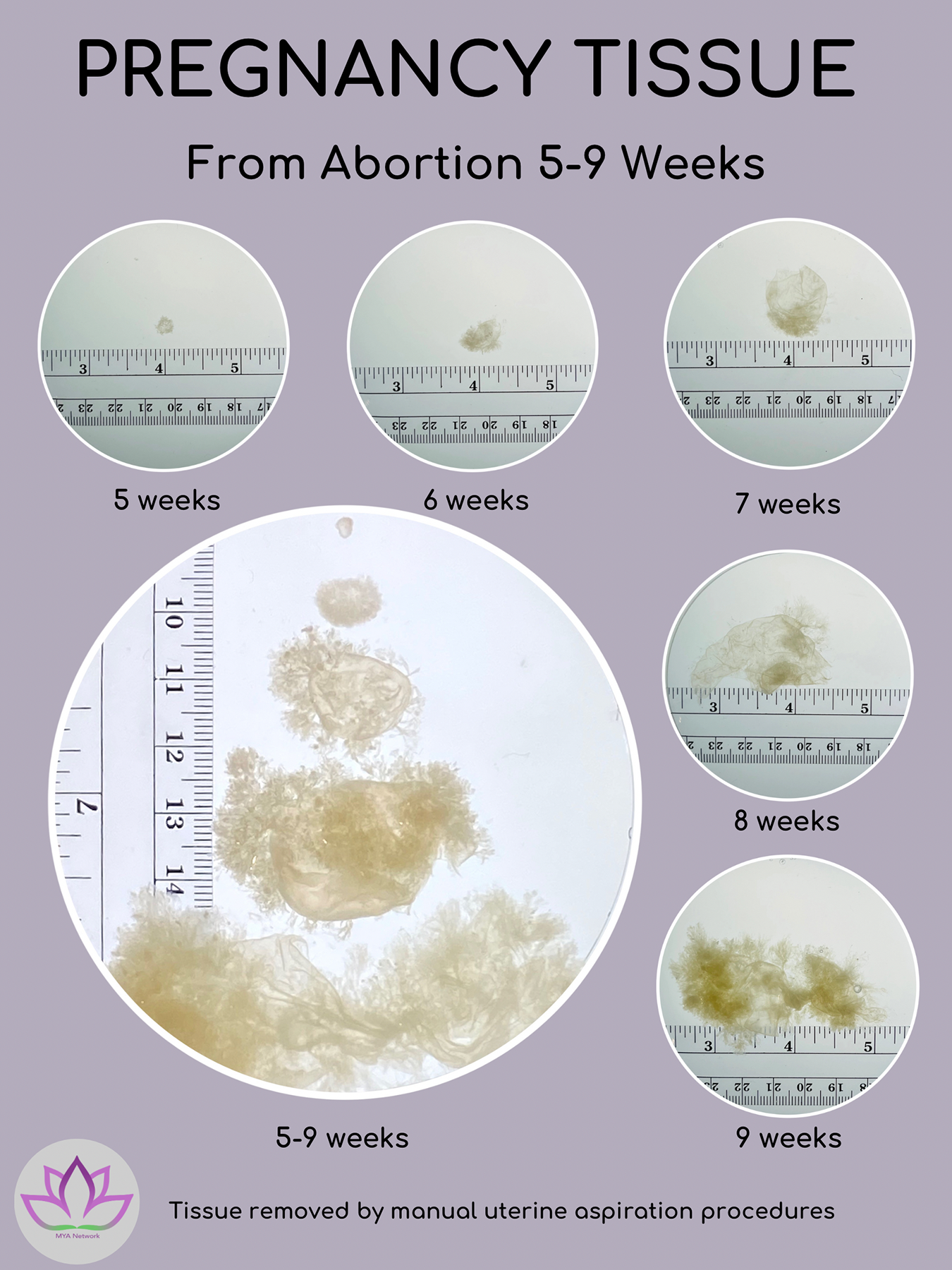
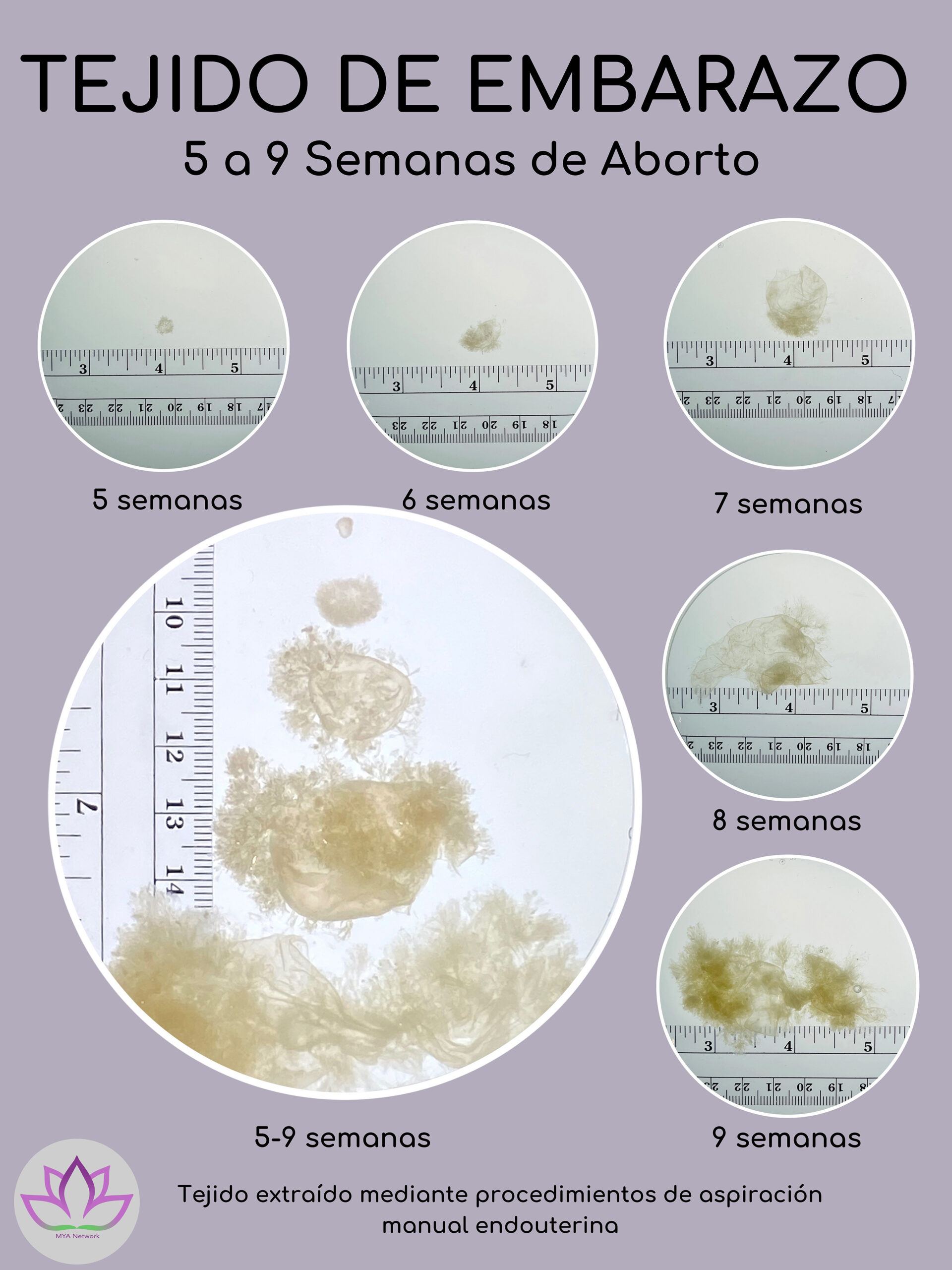




*Right Click - Save As to Download
FAQ'S
Why did you make this Issue of Tissue Project?
Ultimately, we felt making this information easily available was important for the following reasons:
1. It is important to have accurate information about what is happening in our bodies during early pregnancy and this information is remarkably absent on the internet;
2. Those who choose to use abortion pills or who miscarry at home might find this information helpful;
3. This information is critical to counteract the intentional misrepresentation of pregnancy tissue that is being used to criminalize patients and clinicians.
What is pregnancy “tissue?”
When a sperm and an egg come together the body starts to form new “tissue” that will help the pregnancy grow. The first “tissue” that is formed in pregnancy is the gestational sac, which will act as the “house” for the pregnancy.
What is a gestational sac?
A gestational sac is a little bubble of fluid which will grow if the pregnancy continues. It’s kind of like the “house” for the pregnancy. It’s the first thing we see on an ultrasound when someone is pregnant - usually by 5 weeks. A gestational sac is all we see in early pregnancies (see photos above) as the embryo is not yet visible.
What is an embryo?
An embryo is a cluster of cells that can develop into what we call a fetus in 8-10 weeks of pregnancy.
What does the tissue look like inside, prior to being removed?
The pictures above show you what the tissue of early pregnancies look like. When this tissue is removed during an in-office procedure it looks the same, but we also see some of the menstrual lining (“decidua”) and some blood.
How was this tissue removed?
This tissue was removed using a simple in-office procedure called a “manual uterine aspiration.” The procedure itself takes only about 5 minutes and does not require surgery or medicines to put the patient to sleep.
I took abortion pills and it didn’t look like this. Why?
We rinsed off the blood and removed the menstrual lining (decidua) in preparation for these photos. What you see here is the gestational sac alone. If you are taking abortion pills at home or having a miscarriage, what you see will look different. Most people will
What happens to the tissue after its removal from the body?
When the tissue is removed from the patient’s uterus it is rinsed with cool water to remove the blood and make sure we can see everything we need to see to be sure the patient is no longer pregnant. In all areas of medicine, anything that comes from a patient’s body (blood, skin from biopsies, parts removed during surgery, etc.) must be disposed of in medical containers according to the law.
Please contact us at any time with your questions or concerns. Any media inquiries can be sent here too. One of our dedicated staff members will get back to you as soon as possible.
